Website Design for Easy Google Ranking: Optimization Strategies for the Digital Age
In today’s digital age, owning a website is no longer a luxury—it’s a necessity for every business. However, to make your site not just “exist” but also rank high on Google, you need to understand the principles of SEO-friendly website design and optimize it right from the foundation.

This article provides a comprehensive breakdown of how to design a website that easily ranks on Google, covering strategies, technical aspects, content planning, and modern technologies to help you build a strong and effective online presence.
What Is SEO-Friendly Website Design?
Basic Concept
SEO-friendly website design means building a site with the right structure, content, and technical features that are optimized for search engines—especially Google. A properly designed website allows Google to easily crawl, analyze, and rank it higher in search engine results pages (SERPs).
Why SEO Matters in Web Design
Good design alone is not enough. A website needs to reach the right audience at the right time, and that’s where SEO becomes essential. Ranking high on Google brings in massive, organic traffic, boosts trust, enhances brand credibility, and increases business performance.
Core Factors That Help a Website Rank on Google
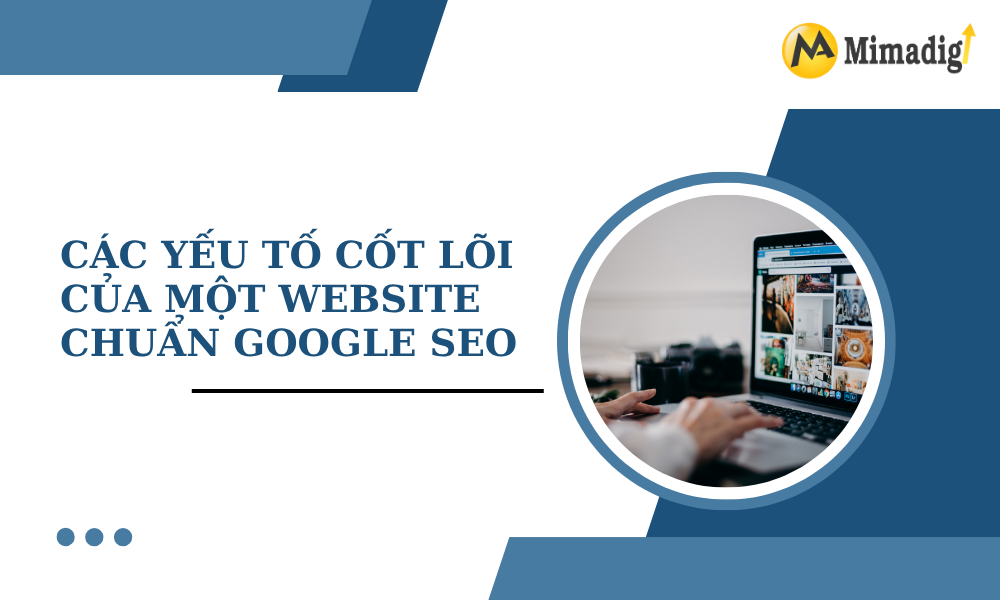
Clear Site Structure and Easy Crawling
A logically structured website not only improves user navigation but also helps Googlebot crawl and index pages efficiently. Key elements include:
-
Use of XML Sitemap
-
Well-organized content hierarchy (Homepage → Category → Article)
-
Avoiding 404 errors and broken links
Optimizing Page Load Speed
Site speed has a direct impact on user experience and search rankings. Important practices:
- Compress images and optimize CSS/JS
- Use high-quality hosting services
- Implement lazy loading techniques
Responsive Design
Google prioritizes websites that display well on mobile devices. Responsive design ensures your website functions smoothly on all devices, from desktops to smartphones.
High-Quality Content: The Heart of SEO
User-Focused Content
SEO content is more than just stuffing keywords—it must solve the actual problems users are searching for. Ask yourself:
- What does the user expect when searching this keyword?
- Am I providing real value, or just writing filler content?
Smart Keyword Optimization
Keyword research is the foundation of SEO content. Key tips include:
- Use main and related keywords (LSI terms)
- Place keywords in the title, introduction, URL, and meta tags
- Avoid overusing or stuffing keywords
Frequent Content Updates
Google loves fresh content. Frequently updating or adding new blog posts helps maintain strong positions in search results.
Onpage and Offpage SEO in Website Design
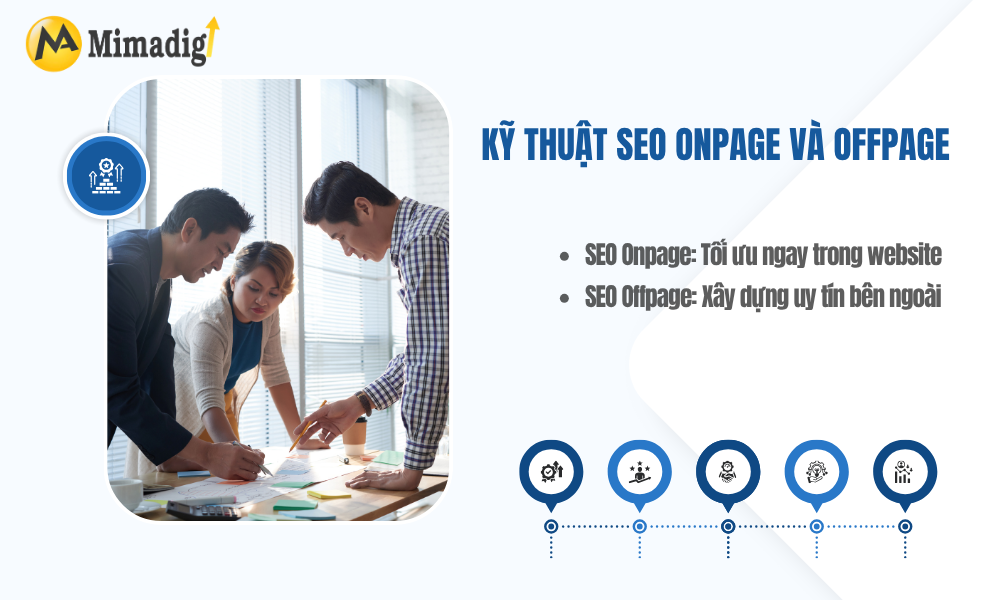
Onpage SEO: Optimization Within the Website
- Concise, keyword-rich title tags
- Attractive meta descriptions
- Proper use of headings (H1, H2, H3…)
- Image optimization (ALT tags, file names, light file sizes)
- Clean URLs (short, keyword-rich, no special characters)
Offpage SEO: Building Authority Outside the Website
- Acquire backlinks from reputable sites
- Join forums and share on social media
- Publish guest posts with backlinks
Modern Technologies in SEO-Friendly Web Design

AMP – Accelerated Mobile Pages
A lightweight format that speeds up mobile loading, AMP pages are often prioritized by Google in mobile search results.
Schema Markup
Schema markup helps Google better understand your content by adding structured data tags, such as star ratings, product prices, or publication dates.
Core Web Vitals
A set of metrics evaluating real user experience, including:
- LCP: Largest Contentful Paint
- FID: First Input Delay
- CLS: Cumulative Layout Shift
Optimizing Core Web Vitals is a key aspect of modern SEO strategies.
Integrating UX and UI in SEO-Focused Website Design
UX – User Experience
- Simple, intuitive layout
- Fast and seamless navigation
- Readable, accessible content
UI – User Interface
- Branded design aligned with visual identity
- Proper color contrast for readability
- Clean, legible fonts
Google increasingly prioritizes real-world user experience, making UI/UX design directly influential on SEO performance.
Tracking and Analytics Tools Integration

Google Search Console
Helps monitor search performance, index issues, and fix SEO errors.
Google Analytics
Analyzes user behavior, bounce rate, conversions, and more.
Heatmap Tools
Visualize how users interact with your website, guiding layout and content improvements.
Common Web Design Mistakes That Hurt SEO
- Duplicate or plagiarized content
- Missing or empty meta tags
- Complex, unreadable dynamic URLs
- Unsecured website (no HTTPS)
- No blog or fresh content
Step-by-Step Process to Design a Google-Friendly Website
Planning Phase
- Market and keyword research
- Define SEO objectives
- Create sitemap and wireframes
Design and Development Phase
- Optimize code and speed from the start
- Ensure responsive layout
- Install SEO-supporting plugins (for CMS platforms)
Testing and Optimization Phase
- Cross-device and browser testing
- Measure speed and UX performance
- Submit sitemap via Google Search Console
Frequently Asked Questions (FAQ)
1. Why should I choose MIMA over regular web design services?
Unlike typical design agencies, MIMA focuses not only on aesthetics but also on SEO optimization, speed, security, and user experience—ensuring your website ranks higher and performs better long-term.
2. Can MIMA guarantee my website will rank on the first page of Google?
While no one can guarantee exact rankings, MIMA optimizes every technical, structural, and content-related element to give your site the highest chance of reaching top positions on Google.
3. Will the website be mobile-friendly?
Yes. All websites designed by MIMA are fully responsive, ensuring seamless performance across smartphones, tablets, and desktops.
4. Does MIMA provide SEO content writing services?
Absolutely. Our team includes professional SEO copywriters who craft high-quality, keyword-optimized, and conversion-focused content tailored for both users and search engines.
5. Is MIMA’s pricing transparent and flexible?
Yes. MIMA offers clear, upfront pricing with no hidden costs, and flexible packages suitable for businesses of all sizes.
6. Will I get post-launch support and website maintenance?
Yes. MIMA offers long-term technical support and maintenance, ensuring your website stays updated, secure, and running smoothly.
7. How does MIMA ensure my website is fast and secure?
We use modern compression techniques, premium hosting, SSL certificates, and code optimization to achieve fast loading speeds and robust security (typically <3 seconds load time).
8. Are SEO tools and analytics integrated into the website?
Yes. MIMA integrates essential tools like Google Search Console, Google Analytics, heatmaps, and SEO plugins (for CMS platforms like WordPress).
9. Can I customize the design and functionality to match my brand?
Definitely. MIMA provides fully customized website design and features, tailored to your brand identity and business goals.
10. What type of clients is MIMA best suited for?
MIMA is ideal for small to medium-sized businesses, startups, and personal brands looking to grow their presence through SEO and attract more customers via Google search.
Contact Information:
MIMA TRADING & SERVICE CO., LTD
Tax Code: 0318672839
Address: Hoc Mon District, Ho Chi Minh City, Vietnam
Hotline/Zalo: +84 909 035 333
Email: info@mimadigi.com
Website: https://mimadigi.com




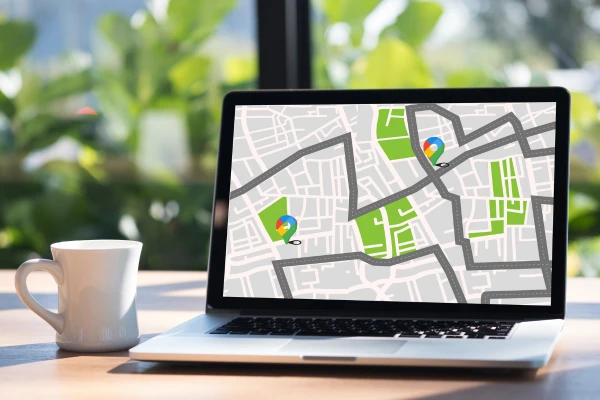




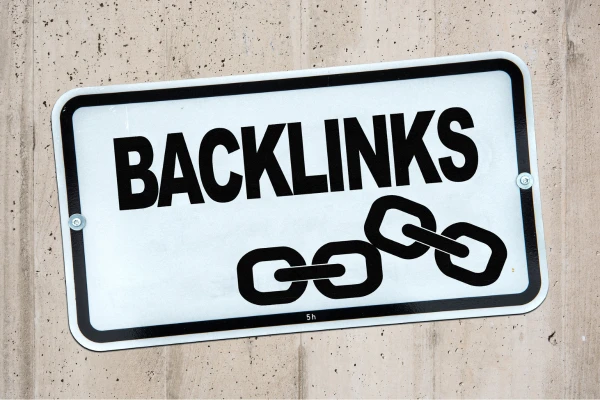

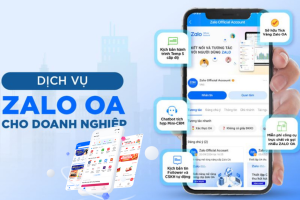
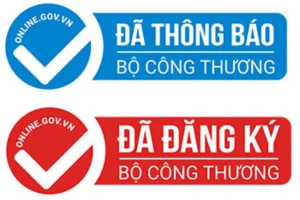


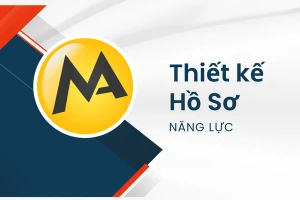





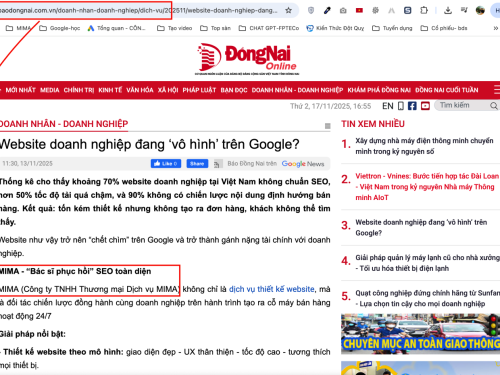



Share your review